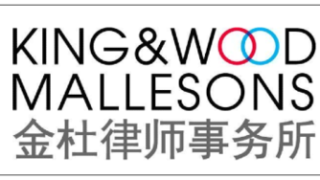Asia-Pacific
The Australian side, in particular, can benefit by capitalising on its independent status to bring in more work from Western countries while still working with its former Chinese partner
King & Wood Mallesons will break into two entities, 14 years after a merger between a Chinese and an Australian firm created the combined outfit
The association’s Australian group has filed a formal complaint against the choice of venue, citing Dubai as an unsafe environment for the LGBTQIA+ community
Swati Sharma and Revanta Mathur at Cyril Amarchand Mangaldas explain how they overcame IP office objections to secure victory for a tyre manufacturer
Recently published Special Focus articles
Recently published Special Focus articles
-
Sponsored by Saint Island International Patent & Law OfficesThe District Court of New Taipei City’s findings on copyright infringement through bulk reproduction highlight key lessons on fair use and data scraping, says Steven Liao of Saint Island International Patent & Law Offices
-
Sponsored by RNA, Technology and IP AttorneysThere are strategic intellectual property considerations at every stage of a brand’s development. Ranjan Narula, Aditi Roy Chowdhury, and Simran Singh of RNA, Technology and IP Attorneys outline how startups can take a phased approach
-
Sponsored by Wanhuida Intellectual PropertyXiaoping Wu of Wanhuida Intellectual Property explains how the CNIPA’s recent invalidation of a sustained-release patent illustrates key considerations in assessing inventive step for pharmaceutical formulation patents
-
Sponsored by Shiga International Patent OfficeMasato Iida of Shiga International Patent Office says the decision by the Grand Panel of the Intellectual Property High Court provides a practical benchmark for calculating damages in cosmetic and medical patent infringement cases
-
Sponsored by Liu, Shen & AssociatesWenjing Zhu of Liu, Shen & Associates explains how China’s administrative adjudication system is reshaping patent enforcement, offering faster, cost-effective, and technically expert resolutions for patentees, while preserving rights to pursue court remedies
-
Sponsored by Wanhuida Intellectual PropertyMinnan (Miranda) Xie of Wanhuida Intellectual Property analyses how China’s patent authorities and courts assess second medical use inventions, with key CNIPA decisions clarifying the treatment of dosage regimens and patient subgroups in novelty determinations





















